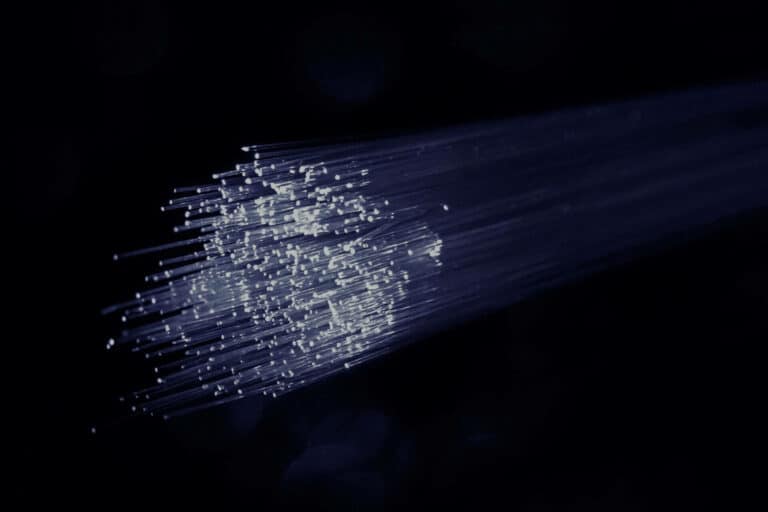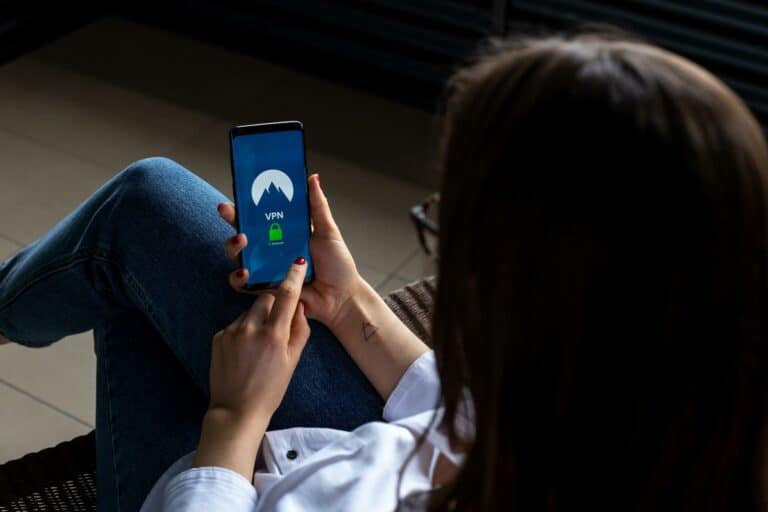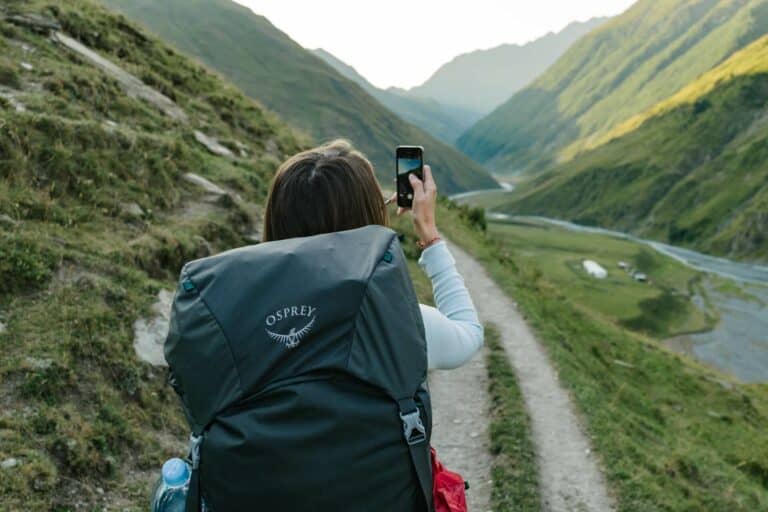
Fiber
More and more businesses are offering “free” Wi-Fi. Why don’t you take advantage of this?
On this page, you'll find answers to our most common questions. The page is split into 5 sections:
The proposed equipment is compatible with all the frequency bands currently used in Belgium. This means it supports all existing technologies (2G, 3G, 4G, 4.5G, and 5G). Although the 5G standard and frequency bands are not yet fully set, if 5G ends up using any of the current frequency bands, our equipment will fully support it. Some countries are planning to shut down their 2G (and sometimes 3G) networks to repurpose these bands for 5G.
We use coaxial cables to connect our equipment.
Unlike online repeater stores, we focus on providing full service. We take care of everything from start to finish. First, we visit you for a site survey to determine exactly what’s needed to boost your cell phone signal (often with less invasive installation than expected). Once we have a plan, our team handles the installation and aftercare. To minimize disruptions, we work both day and night, even installing equipment outside store hours.
A site survey usually takes between 1.5 to 3 hours, depending on the building’s size. To ensure it goes smoothly, we need access to building plans showing cable trays, the entire building, the roof, and a local contact person.
No, this equipment supports all operators and all frequency bands at the same time. This means we provide full, balanced cell phone coverage throughout your building.
A repeater picks up the signal outside the building and brings it inside via a cable, then sends it out through an indoor antenna. The key word here is “send.” A repeater has a transmitter, so you need a license for it in Belgium. Our solution uses a signal amplifier instead of a repeater. This means the outside signal is only boosted, not retransmitted. Therefore, our equipment isn’t classified as transmitting, and you don’t need a license.
A mobile coverage extender you get from your provider only boosts their signal. So, anyone using a different provider won’t benefit. Plus, these extenders typically only support one technology, like 3G.
Our standard warranty is 1 or 2 years. However, with our maintenance contracts, you get an extended warranty. As long as the maintenance contract is active, your system remains under warranty. We aim to offer worry-free solutions, and the extended warranty is a key part of that.
A maintenance contract isn’t required, but it’s recommended. Besides annual maintenance, we also check external factors like the operators’ outdoor reception. This can change over time, so we measure it yearly to ensure the system works optimally.
Our equipment lasts over 10 years. With yearly maintenance and remote monitoring, we can spot issues before you or your customers even notice. This proactive care ensures long-term operational security.
Yes, the proposed solution operates on telecom frequencies (800 MHz to 2600 MHz), while the indoor ASTRID system uses a lower frequency (around 400 MHz). This means there’s no interference, making both systems perfectly compatible for use in the same location.
A Mobile Coverage Extender is a small antenna you buy or rent from your mobile provider. It boosts only your provider’s signal, often just for 3G. So, if you’re with a different provider, your reception won’t improve. Costs depend on the provider.
Unlike a typical Mobile Coverage Extender that boosts only your provider’s signal, our solution enhances signals for all operators at once. This means everyone in your business benefits from better reception, regardless of their provider. Plus, it supports all technologies (2G, 3G, 4G, and 5G) simultaneously, making sure everyone stays connected.
Here are a few tips to try:
Commercial buildings often have materials like metal, brick, and concrete that block cell phone signals. The tips mentioned earlier might not be enough to improve your signal significantly. Investing in cell phone amplification equipment could be the answer. Mercuron is here to help. As the market leader in optimizing wireless communications, we specialize in cell phone signal amplification.
The bars at the top of your phone aren’t the best way to measure signal strength because they vary between phones and providers. Both iPhones and Androids have a hidden menu that shows the exact signal strength in decibels. This number gives you a clear idea of how strong your signal is at your current location.
Yes, it does. Many people wonder why their phone’s battery dies quickly even when they aren’t using Bluetooth or Wi-Fi. A poor cell phone signal is often the culprit. When you have a strong signal, your phone uses less power. But when the signal is weak, your phone works harder to connect, which drains the battery faster. The worse the signal, the more power your phone uses. If there’s no signal, your phone will keep searching for one, which can significantly reduce battery life.
A dropped call happens when your phone loses connection to the network. This usually happens because of a weak signal. Here are some common reasons why:
Yes, the make and model of your phone can impact the cell signal. Newer phones usually have better technology for receiving signals. Plus, the quality of the built-in antenna can vary between brands and models.
No, it’s actually the opposite. Our antennas emit 100 times less radiation than Wi-Fi systems. These antennas help mobile devices use minimal transmission power, reducing radiation by 50 times compared to devices with poor reception. Plus, your device’s battery life improves because it needs less energy to stay connected.
The SAR value of a mobile phone shows how much electromagnetic radiation the phone can transmit to your body. A higher SAR value means more energy is radiated. Discover more about SAR values and how your phone’s signal can affect your body.
To boost your cell phone signal at home or work, start by finding the closest cell phone tower from your provider. The location of this tower and any obstacles in between can affect your signal. Knowing where the nearest tower is can help you find simple ways to improve your signal.
A cell phone turns our conversations into electromagnetic radio waves. These waves are sent to the nearest cell tower, which passes them along to the next tower. This continues until the waves reach the other person’s phone, where they are converted back into a conversation.
You can object if the antenna installation needs an environmental permit. This permit is required when an antenna is placed on a new structure. However, if the antenna is added to an existing structure, like a building roof, no permit is needed, and you can’t object.
If the antenna is installed and you still have concerns about it meeting standards, you can request a measurement on the Flanders website. Use this link to access the contact form: Flanders Contact Form.
Yes, all transmission towers must follow the Flemish government’s regulations. Lower frequencies penetrate more easily, so stricter standards apply to them. You can find the exact limits for each antenna and mast here: https://omgeving.vlaanderen.be/normen-zendantennes
ASTRID is a telecom operator dedicated to emergency services in Belgium. It stands for All-round Semi-cellular Radio communication system with Integrated Dispatching. ASTRID ensures that fire, police, and other emergency services can communicate effectively with each other.
There are two main groups who can use ASTRID. The first group includes public and private services, institutions, companies, or associations that directly provide public assistance and security services. The second group includes those that do not directly provide these services but encounter them while carrying out their duties.
TETRA, which stands for “Terrestrial Trunked Radio,” is a European standard for digital voice and data communication. It’s designed for emergency and security services. The ASTRID system uses this standard. For more details, check out the ETSI website.
A licensed walkie-talkie has higher transmit power and a longer range than an unlicensed one. It also offers privacy since the frequencies are assigned to you. With an unlicensed walkie-talkie, there’s no license fee, but the range is shorter, and anyone can listen in if they find your frequency.
Cellular network walkie-talkies combine the benefits of licensed walkie-talkies and cell phones without needing a license. They work over 2G, 3G, 4G, and 5G networks, offering global reach and privacy without a broadcast license. Each device has a unique ID, and only matched devices can communicate with each other.

More and more businesses are offering “free” Wi-Fi. Why don’t you take advantage of this?

More and more businesses are offering “free” Wi-Fi. Why don’t you take advantage of this?

Venturing into nature without a cell signall. This sounds liberating, but think twice before you do this!

Mercuron, a Belgian company, specializes in wireless communication. With our expertise in radio waves, we create ASTRID and mobile phone signal amplifiers from the ground up.